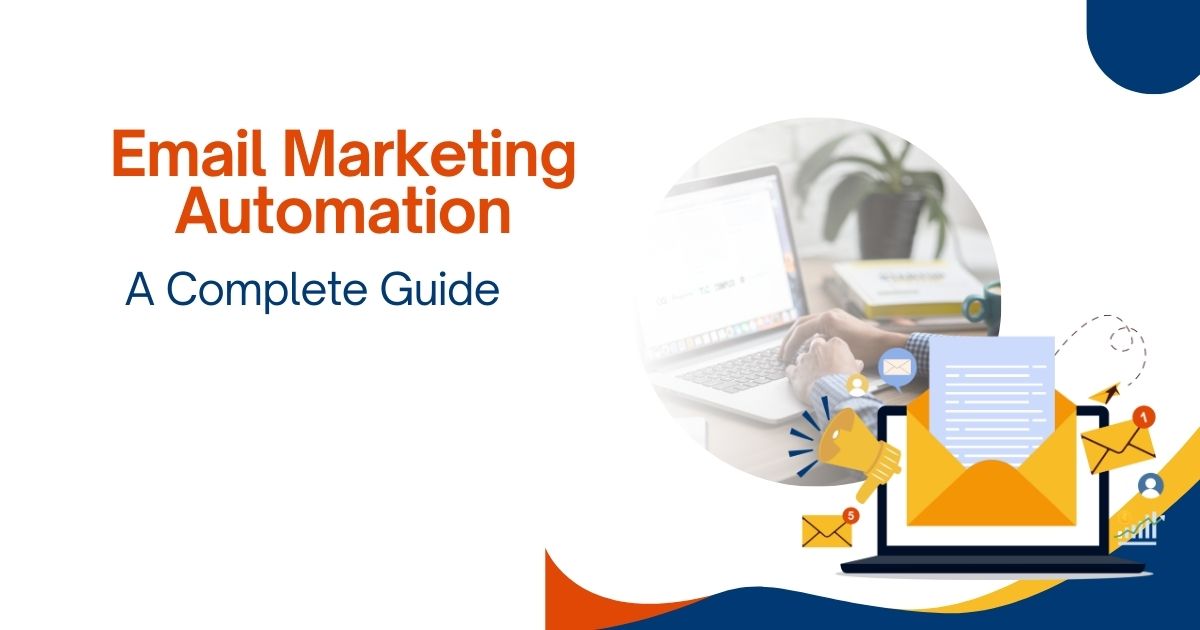
Email marketing automation has transformed how businesses connect with their customers. Instead of manually sending individual emails, automation allows you to create personalized, timely messages that reach the right people at the perfect moment.
This guide will walk you through everything you need to know about email marketing automation. You’ll discover what it is, why it matters, and how to implement it effectively for your business.
Understanding Email Marketing Automation

Email marketing automation refers to software that automatically sends targeted emails based on specific triggers or schedules. These systems use customer data and behavior to deliver relevant messages without manual intervention.
Think of it as having a personal assistant who knows exactly when to send birthday wishes, product recommendations, or follow-up messages. The automation handles the timing and personalization while you focus on creating great content.
Key Components of Automated Email Systems
Automated email marketing relies on several essential elements working together:
Triggers and Actions: These are the “if this, then that” rules that power automation. For example, if someone abandons their shopping cart, then send a reminder email.
Customer Segmentation: This involves grouping subscribers based on demographics, behavior, or preferences. Different segments receive different automated sequences.
Email Templates: Pre-designed email formats that automatically populate with customer-specific information and content.
Analytics and Tracking: Systems that monitor open rates, click-through rates, and conversions to measure campaign effectiveness.
Common Types of Email Marketing Automation
Welcome Series
Welcome emails introduce new subscribers to your brand. These automated sequences typically include:
- A warm greeting and brand introduction
- Information about what subscribers can expect
- Links to popular content or products
- Special offers for new customers
Welcome series often achieve higher open rates than regular newsletters because recipients actively chose to hear from you.
Abandoned Cart Recovery
Shopping cart abandonment affects most online retailers. Automated cart recovery emails remind customers about items they left behind and encourage them to complete their purchase.
These emails work best when sent within a few hours of abandonment, while the products are still fresh in the customer’s mind.
Birthday and Anniversary Campaigns
Celebration emails create positive associations with your brand. They can include:
- Personalized birthday wishes with special discounts
- Anniversary messages celebrating the customer relationship
- Milestone acknowledgments like “Your first year with us”
These automated messages feel personal and help build emotional connections with customers.
Re-engagement Campaigns
When subscribers become inactive, automated re-engagement emails can win them back. These campaigns might offer special deals, highlight new products, or simply ask if they want to continue receiving emails.
Benefits of Email Marketing Automation
Improved Efficiency
Automation eliminates repetitive manual tasks. Once set up, your email campaigns run independently, freeing up time for strategy and creative work.
Small businesses especially benefit from this efficiency. A single person can manage complex email campaigns that would otherwise require a full team.
Enhanced Personalization
Automated systems can personalize emails based on customer data like purchase history, browsing behavior, or demographic information. This level of customization would be impossible to achieve manually at scale.
Personalized emails generate higher engagement rates and stronger customer relationships.
Better Timing
Automation ensures emails reach customers at optimal moments. Instead of sending generic newsletters on arbitrary schedules, you can respond to customer actions in real-time.
This timely communication increases relevance and improves response rates.
Consistent Communication
Automated systems maintain regular contact with customers without gaps or overwhelming frequency. This consistency builds trust and keeps your brand top-of-mind.
Getting Started with Email Marketing Automation
Choose the Right Platform
Select an email automation platform that fits your needs and budget. Popular options include:
- Mailchimp: User-friendly with strong automation features
- Klaviyo: Excellent for e-commerce businesses
- ConvertKit: Designed for creators and small businesses
- HubSpot: Comprehensive marketing automation suite
Consider factors like ease of use, integration capabilities, and pricing when making your choice.
Define Your Goals
Clear objectives guide your automation strategy. Common goals include:
- Increasing sales through targeted product recommendations
- Improving customer retention with engagement campaigns
- Growing your email list through lead magnets
- Enhancing customer onboarding experiences
Segment Your Audience
Effective automation starts with proper segmentation. Group subscribers based on:
- Purchase behavior and history
- Geographic location
- Engagement levels
- Demographics like age or gender
- Interests and preferences
More targeted segments lead to more relevant automated messages.
Create Compelling Content
Your automated emails still need engaging content. Focus on:
- Clear, benefit-focused subject lines
- Concise, scannable email copy
- Strong calls-to-action
- Mobile-friendly design
- Consistent brand voice
Best Practices for Email Marketing Automation
Start Simple
Begin with basic automation like welcome emails or abandoned cart reminders. As you gain experience, you can create more complex sequences.
Test and Optimize
Regularly test different subject lines, send times, and content formats. Use A/B testing to identify what resonates with your audience.
Monitor Performance
Track key metrics like open rates, click-through rates, and conversion rates. This data helps you refine your automation strategies.
Respect Subscriber Preferences
Always include unsubscribe options and honor opt-out requests promptly. Respect frequency preferences to avoid overwhelming subscribers.
Keep Content Fresh
Regularly update your automated email templates to prevent them from becoming stale. Seasonal updates and new product information keep messages relevant.
Measuring Success
Key Metrics to Track
Monitor these important metrics to gauge automation effectiveness:
- Open rates: Percentage of recipients who open your emails
- Click-through rates: Percentage who click links in your emails
- Conversion rates: Percentage who take desired actions
- Unsubscribe rates: Percentage who opt out
- Revenue per email: Average income generated per message
Setting Benchmarks
Establish baseline metrics for your industry and company size. This helps you set realistic goals and measure improvement over time.
Transform Your Email Marketing Today
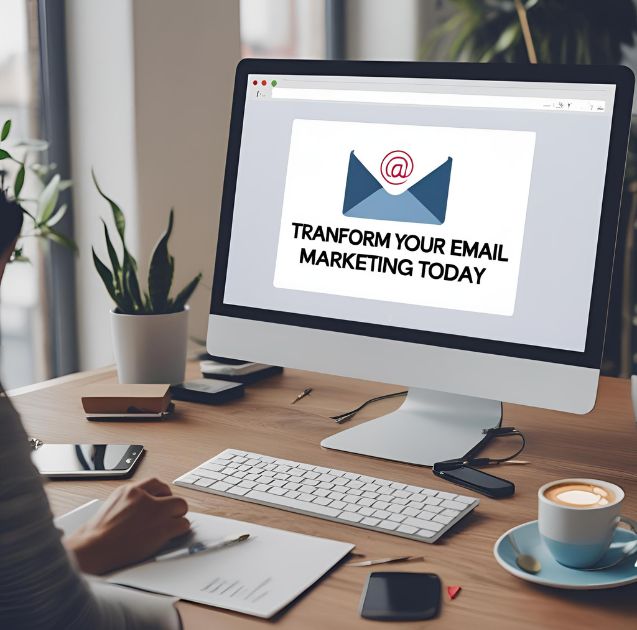
Email marketing automation offers tremendous opportunities to connect with customers more effectively while saving time and resources. By implementing automated campaigns, you can deliver personalized experiences that drive engagement and sales.
Start with simple automation like a welcome series or abandoned cart emails. As you gain confidence, expand into more sophisticated campaigns that nurture leads and retain customers.
The key to success lies in understanding your audience, creating valuable content, and continuously optimizing based on performance data. With the right approach, email marketing automation becomes a powerful tool for growing your business.




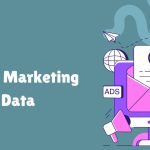
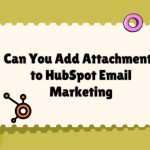

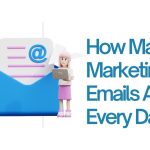

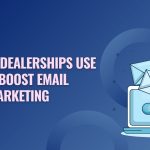




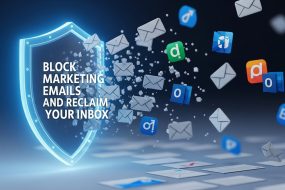
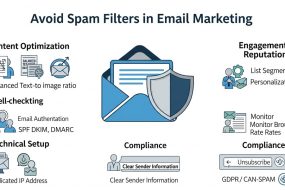
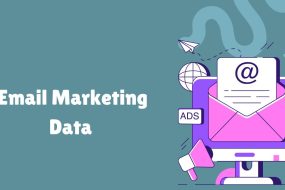
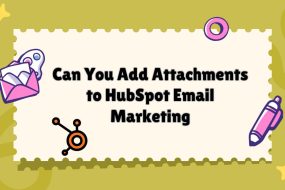
No Comments